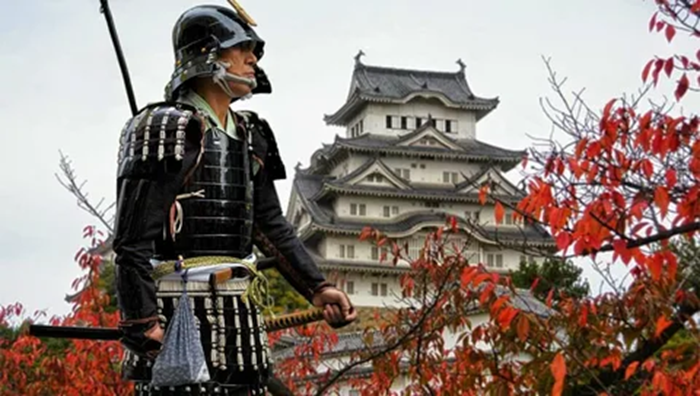A unique layer of culture in this country is associated with the samurai traditions. Samurai are usually called a military-feudal class of minor nobles. There was nothing similar in Europe, although some analogies can be drawn with medieval chivalry.
Samurai originated in the 7th century, and in the 10th-13th centuries it was finally formed. By this time, the main clans were not just in the service of aristocratic families, but also acquired political weight.
Zen Buddhism was the basis of the samurai ideology, on its basis the teaching of bushido was formed – a code of honor that the samurai followed strictly. Education was also welcomed in this environment: influential families sought to teach their children all the arts, and not just the military. Samurai differed from others in appearance: a special hairstyle and two swords, large and small, were mandatory.
The appearance of the samurai – bushi – was formed in the 18th century. The history of the samurai class ended in the 19th century, but the spirit of bushido continues to live in the Japanese, which became quite obvious during the Second World War. To better understand the traditions, lifestyle and way of thinking of the samurai, it is worth visiting the same Tokyo National Museum.
Its halls contain many unique items that give an idea of the life of the Japanese military nobility and now have the status of a national treasure in Japan.

